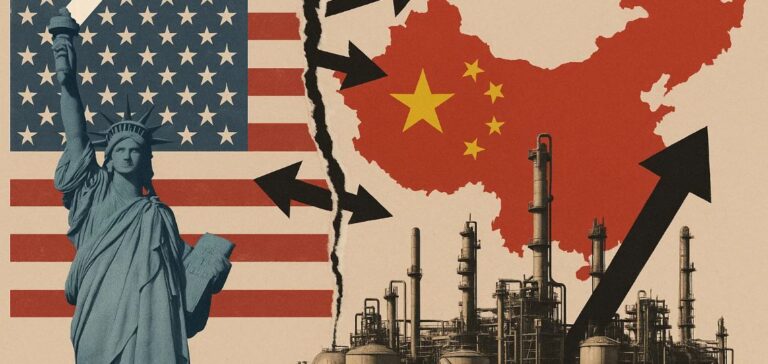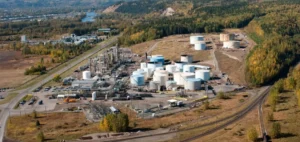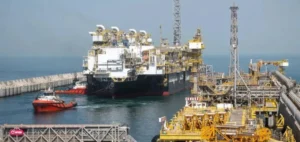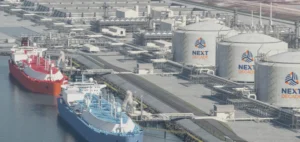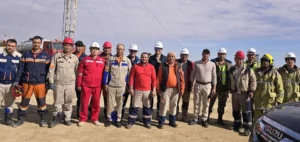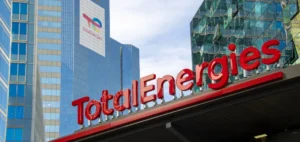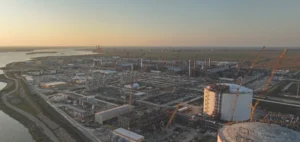The global liquefied natural gas (LNG) terminals market is estimated at $7.86bn in 2025 and expected to reach $13.15bn by 2030, according to a study published by MarketsandMarkets on June 6. This 10.9% annual growth is supported by the rapid expansion of liquefaction capacity in exporting countries and regasification infrastructure in importing regions, particularly in Asia-Pacific, Europe, and South America.
Growth driven by investment in onshore terminals
Onshore terminals currently represent the most dynamic segment of the market due to their high storage capacity, access to utilities, and integration within existing supply chains. These facilities are designed for high-volume, long-term operations. Technological upgrades such as modular designs, process electrification, and digital systems are being increasingly adopted to improve cost efficiency and comply with regulatory standards.
Asia-Pacific and Europe are accelerating the development of onshore terminals to strengthen energy security. Governments and private investors are modernising existing facilities to accommodate larger LNG carriers and to integrate emerging systems such as carbon capture and hydrogen distribution.
Floating units appeal for their flexibility and rapid deployment
The floating storage and regasification unit (FSRU) segment ranks second in market share. More than 45 units are currently in operation globally, with over 10 additional projects underway. FSRUs offer faster deployment timelines—ranging from 24 to 36 months—and reduced investment costs.
This mobile solution is particularly attractive to emerging economies and countries seeking short- to mid-term supply agreements. Asia, Europe, and Latin America account for a significant portion of upcoming projects in this segment, according to the report.
North America is the second-largest global LNG export hub
North America accounted for approximately 30% of global LNG export capacity in 2024, with more than seven major terminals operating in the United States, including Sabine Pass, Corpus Christi, and Cameron LNG. Expansion projects such as Golden Pass LNG and Plaquemines LNG are expected to add over 70 million metric tonnes annually by 2027.
The region benefits from abundant shale gas reserves and a developed pipeline network, attracting capital to reinforce its role in global LNG supply.
Industrial players with global presence
Technip Energies N.V., Bechtel Corporation, SAIPEM SpA, Samsung C&T Corporation, HYUNDAI E&C, and JGC HOLDINGS CORPORATION are identified as key market players. In September 2024, Technip Energies N.V., through a joint venture with KBR, signed a major contract with Lake Charles LNG Export Company LLC to convert an import terminal into a 16.45 MTPA liquefaction facility in Louisiana.
Samsung C&T Corporation is also continuing its expansion. In 2022, it signed an EPC contract with PetroVietnam Power and Lilama Corporation for the construction of two LNG-powered plants in Vietnam, scheduled to begin operations in 2025.


